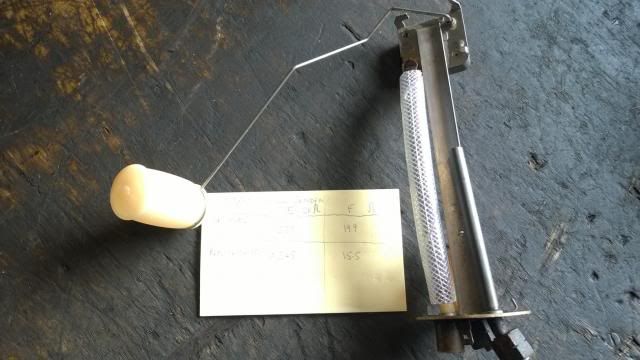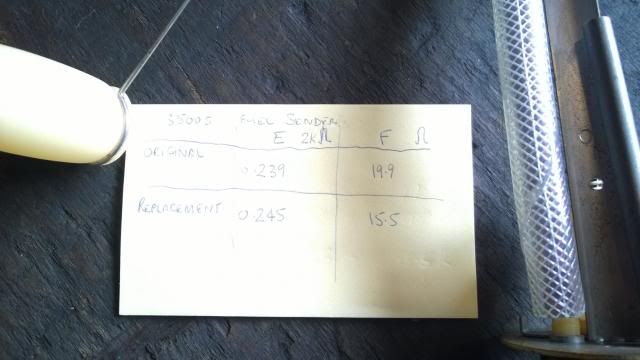Lovel
Member
Can anyone tell me if this is normal?
The car is running beautifully, but the other day while travelling along it just cut out dead. On inspection we found the fuel filter was dirty, we changed it out and it restarted, but because the fuel filter has a clear housing now the air bubbles can be seen. After a period of ildling the engine is beginning to falter and eventually the engine died again.
It looks like I'm drawing in air somehow, but perhaps this is nomal behaviour. I rebuilt the fuel pump two years ago, could it be drawing in air or perhaps through the reserve valve?
A little video to show todays runnings. http://youtu.be/59WnUvp9Ho0
The car is running beautifully, but the other day while travelling along it just cut out dead. On inspection we found the fuel filter was dirty, we changed it out and it restarted, but because the fuel filter has a clear housing now the air bubbles can be seen. After a period of ildling the engine is beginning to falter and eventually the engine died again.
It looks like I'm drawing in air somehow, but perhaps this is nomal behaviour. I rebuilt the fuel pump two years ago, could it be drawing in air or perhaps through the reserve valve?
A little video to show todays runnings. http://youtu.be/59WnUvp9Ho0




